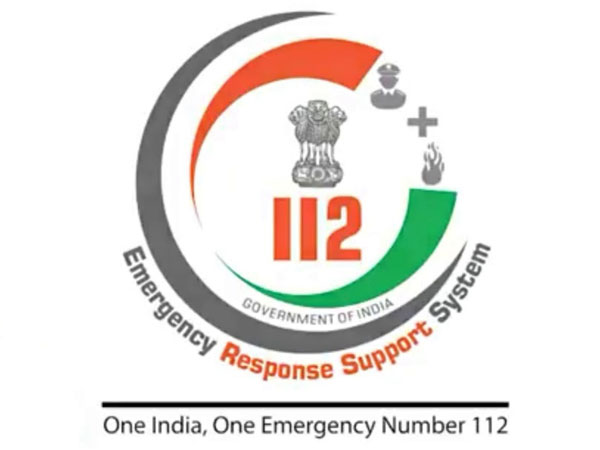
On Wednesday, Delhi became the fifth Union Territory after Puducherry, Daman and Diu, Dadra and Nagar Haveli, and the Andaman and Nicobar Islands to implement the Emergency Response Support System (ERSS) since it was inaugurated in February by then home minister Rajnath Singh.
Delhi Police DCP (Operations and Communications) S K Singh said Wednesday, “It’s difficult to remember so many emergency numbers, especially if you are travelling from one state/UT to another. This will simplify things for the users.”
In November 2018, Himachal Pradesh became the first state to roll out the ERSS, under which there is a single emergency response number across the country — 112.
The 911 model
In the United States, 911 is used as the Universal Emergency Number that anyone across the country can use to gain access emergency services. According to National Emergency Number Association, a professional organisation focussed on 911 policy, technology, operations, and education, the “intense interest in the concept… can be attributed primarily to the recognition of the characteristics of modern society, i.e., increased incidences of crimes, accidents, and medical emergencies, inadequacy of existing emergency reporting methods, and the continued growth and mobility of the population”.
In the US, the first call for a nationwide emergency number came from the National Association for Fire Chiefs in 1957. In 1968, the country adopted 911 as the universal emergency code because it was easy to remember and dial.
Single number in India
In India, the decision to launch the ERSS system was taken in the wake of the 2012 Delhi bus gangrape case. A note on the ERSS page of the Home Ministry website says the Ministry “accepted the recommendations of the Justice Verma Committee in the backdrop of unfortunate incident of Nirbhaya in December 2012 and has approved a national project by name of ‘Emergency Response Support System’, earlier referred as Nationwide Emergency Response System, with budgetary provision of Rs 321.69 Crore with a view to introduce a Pan-India Single Emergency Response Number ‘112’ to address all kinds of distress calls such as police, fire and ambulance, etc.”
The Justice Verma Committee was set up to recommend amendments to criminal law with the aim to provide for quicker trial and stronger punishment for sexual assault against women. The panel was constituted on December 23, 2012, and included, apart from former Chief Justice of India J S Verma, former High Court Justice Leila Seth, and former Solicitor General of India Gopal Subramanium. It submitted its report on January 23, 2013.
A single emergency number under the ERSS makes it easier for people travelling across states/UTs, since they don’t have to remember the local emergency numbers of every place. The official ERSS information page says: “The emergency number 112 is easy to remember and moreover it is the only emergency you need to remember in India. This is important because people confronted with an emergency can be stressed or even in panic.”
How it will work
Existing emergency numbers such as 100 for police, 101 for fire, 108 for health services, the women’s helplines 1091 and 181, the child helpline 1098, etc., will be gradually integrated under 112. A “112 India” app has been launched as well, through which users, after registering, can reach out to police, health, fire, and other services. 112 is the common emergency number in several other countries as well, including most countries in Europe.
Recent Queries
-

what is section of IPC 234??
7 year(s) ago- priya


